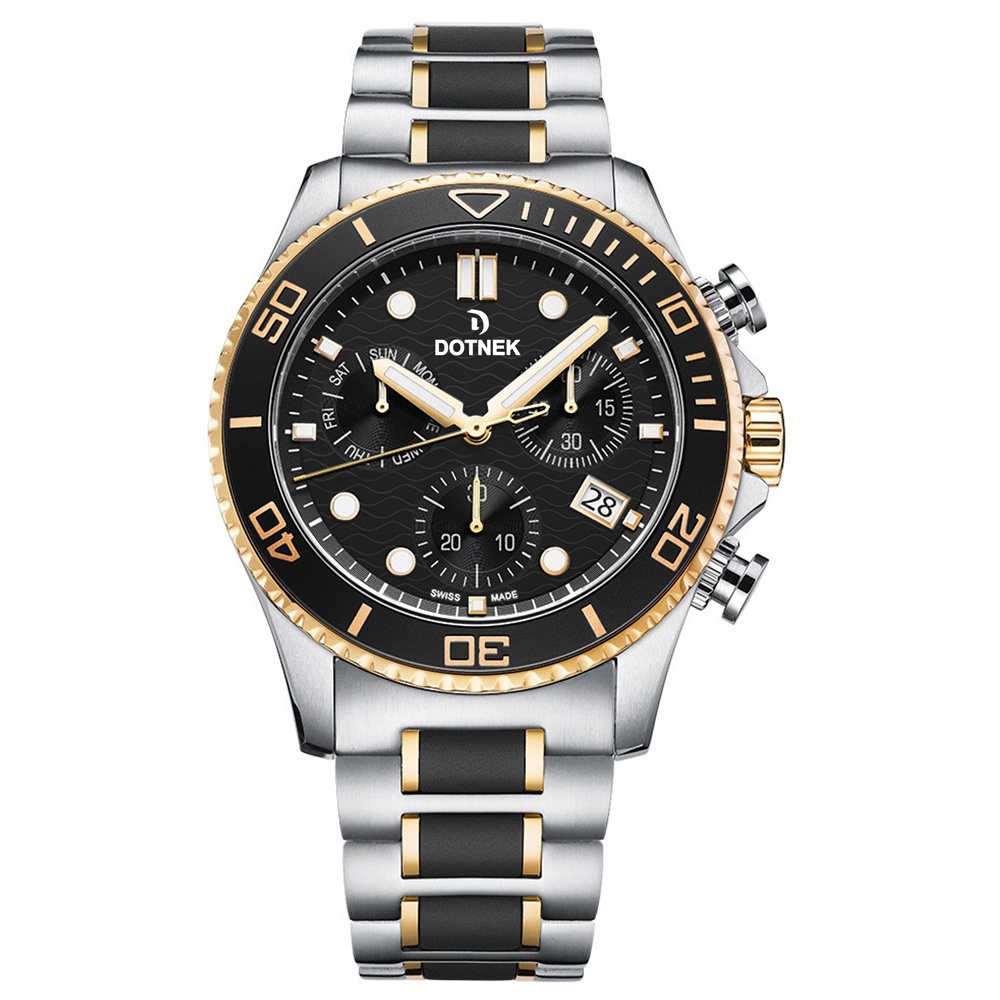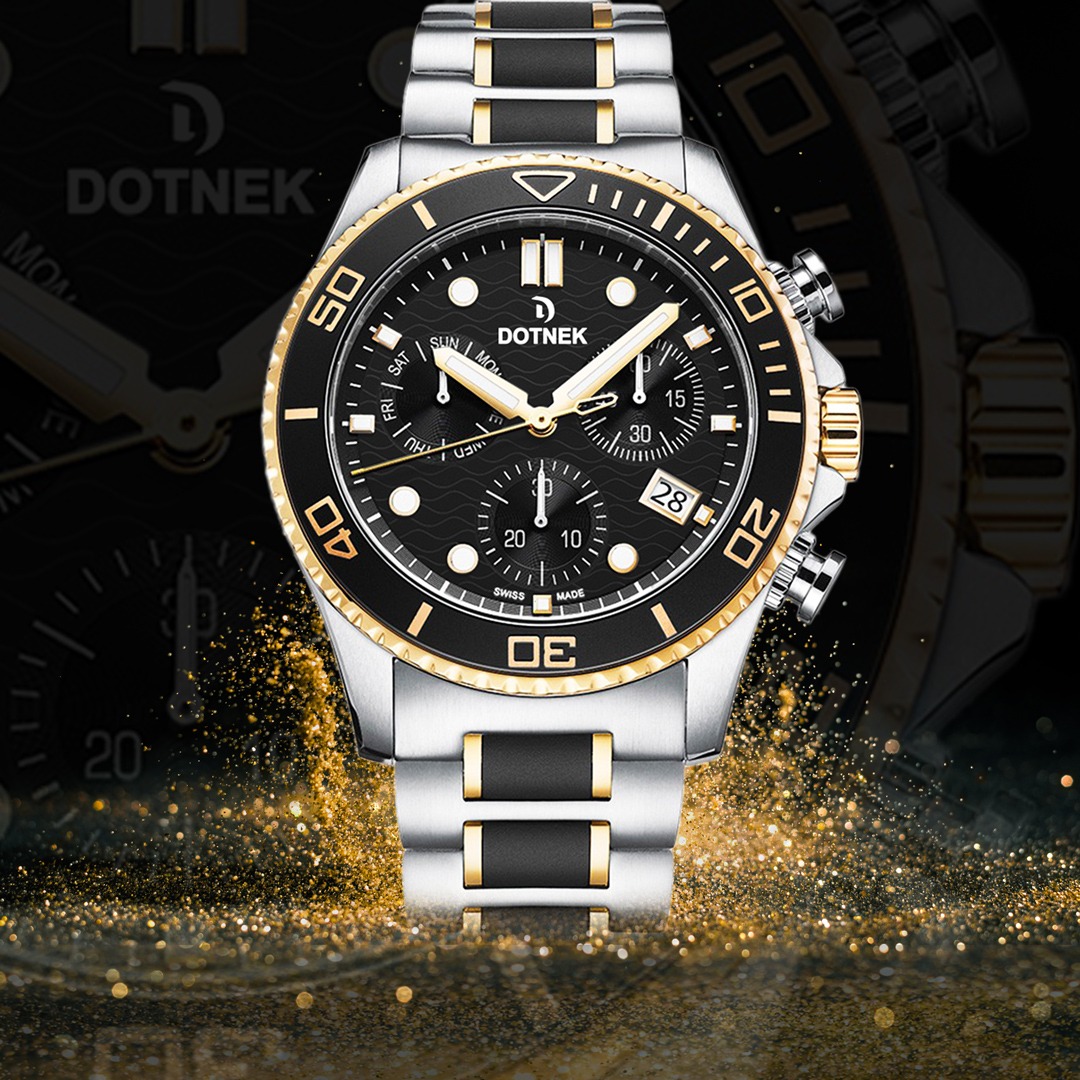In ancient times, the Babylonians made many memorabilia and innovations that are used today, so that the Babylonians were the first to divide the week into seven days during the Second Empire. The Babylonians believed that because the number 60 is divisible by the numbers 1, 2, 3, 5, 6, 10, 15, 20, and 30, and that the number 6 could be divided by those numbers, the basis of the second and minute is the number 60. put. Another Babylonian relic is the division and grading of the circle to 360 degrees.

The types of elementary clock are as follows:
In the beginning, man needed to make his whole day and night to be able to do his work and divide the day and night into lengths of time, for the same reason, around the 15th century, the most primitive clocks for human use. Were produced.
- Shadow watches: These watches, which were produced by the Egyptians, were called shadow watches. How to work and determine the time using this type of clock was that a wooden board was placed horizontally on the ground and then a piece of wood was placed vertically on it until the shadow of the vertical wood fell. Understand the time.
- Water clocks: It is noteworthy that in addition to the Egyptians inventing shadow clocks and using them to detect time, they also invented clocks that worked with water. In this type of clock, which worked by using a uniform flow of water, the clock worked and showed time to people. The working process of this type of watch was that they pierced a container and filled the container with water, and the water inside the container came out of the container in the form of a drop. The amount of water coming out of the container could determine the time. The amount of water droplets coming out of the container indicated that a long time had passed. In other words, it can be said that the amount of water droplets coming out of the container, indicates and specifies the time. Of course, the existence of watches that worked with the use of water, can indicate that human beings from the beginning to do their work and meet their needs used some elements of nature such as water, wind, soil and ….
- Clock: How sundials work is like shadow clocks, in which a bar was placed vertically on the ground and the size of the bar and the place where the bar was placed on the ground were specified. It was time. Of course, in many cities and countries, this type of sundial was installed in the city center so that people could know the exact time. According to documents, the first person to say goodbye to sundials was Anaximander, a native of Malta. In this type of clock to determine the time, the location of the sun in the sky is very important that by placing a rod that can detect the time with the shadow of the rod and sunlight. As we have said, sundials needed only one rod so that they could use it to determine the location of the sun in the sky and detect the time by the shadow of the sundial, but today they have realized that when these sundials showed the location The appearance of the sun was in the sky, and for this reason it was about 15 minutes different in time. The sundials used in the past on certain days of the year, such as April 16th, June 14th, showed exactly the time that mechanical clocks did. The largest sundial in the world dates to the 10th century BC, built by the empire of Augustus. The sundials could even be used to navigate and determine the time of rejection.
- Hourglasses : These clocks were created by sticking two glass bubbles together, so that there was a narrow space between the two glass pieces that were stuck together until the sand or the sand inside these two bubbles can pass and fall into the other bubble. So, we knew that the hourglasses that they made in the old days were created by connecting two glass bubbles with a narrow space between them, and then sand or sand bubbles were poured into them. The sand or bubbles inside the bubbles flowed from the top bubble to the bottom bubble, allowing them to detect time. When the sand inside the lullaby bubble was completely poured into the lower bubble and was finished, the bubble was placed upside down again so that the lower bubble was replaced by the upper bubble and the process was reversed. The number of times the bubble was changed could be used to determine the time.
- Candle clocks: Candle clocks that were used in the past to detect time, were in such a way that the body of the candle was graded and set with the same and standard sizes, and by burning and melting the candle and reaching They could recognize time enough.
- New watches: With the passage of time and the advancement of science and technology, little by little new and more advanced watches were made than in the past, which were spring, mechanical, battery, electrical or even computer. These new types of watches, which were produced with the advancement of technology, replaced various types of old watches such as sundials, shadow watches and watches that worked with water. After the spring was used to start the different types of gears in the clocks, the time was divided into hours and seconds and minutes, and the time was shown to the people more accurately.
The watches were first made by Germans and were very heavy and made of iron. It can be said that in the early 16th century, the first iron watches were produced, which were also very heavy and coarse. Then, in the late 18th century, with the advancement of technology, springs and gears were used to determine the exact time. Using gears and springs in the late 18th century, they were able to make very elegant watches.

The first delicate watches were made by the Swiss in 1790 using gears and springs that resemble modern watches.
In addition, the largest wall clock that was built was installed behind one of the churches in France. This clock was made between 1865 and 1868 and was installed on the church wall. About 90,000 pieces were used to make this large wall clock, which was about 1.12 meters high, 9.6 meters wide and approximately 7.2 meters thick.
Switzerland is one of the countries known as the heart of watchmaking and many of the world’s most luxurious and beautiful watches were made in this country. About 400 years ago, Switzerland gradually became a country with some of the best watch shops in the world, and many of its inhabitants were engaged in watchmaking.
Geneva is one of the watch brands made and designed in Switzerland, which is one of the most beautiful and luxurious watches in the world.
The first watchmakers immigrated to Switzerland from France as immigrants, and the best and most beautiful watches in the world were made in this country, using the French expertise in watchmaking and the art and delicacy of Swiss jewelry.
The first mechanical watches were produced in the 13th to 16th centuries.
In 1275, the first mechanical watch was made, which could not work accurately and had no special beauty and was used only to determine the time limit.
The first pocket watches were made in the 17th to 19th centuries.
During these years, precision hands, which also showed the exact time, were added to the clocks. At that time, watches were decorative, and chains and pendants were hung from them, but over the centuries, these watches became pocket watches that were placed in the pocket.
Then came the watches, which are very popular and used to this day.